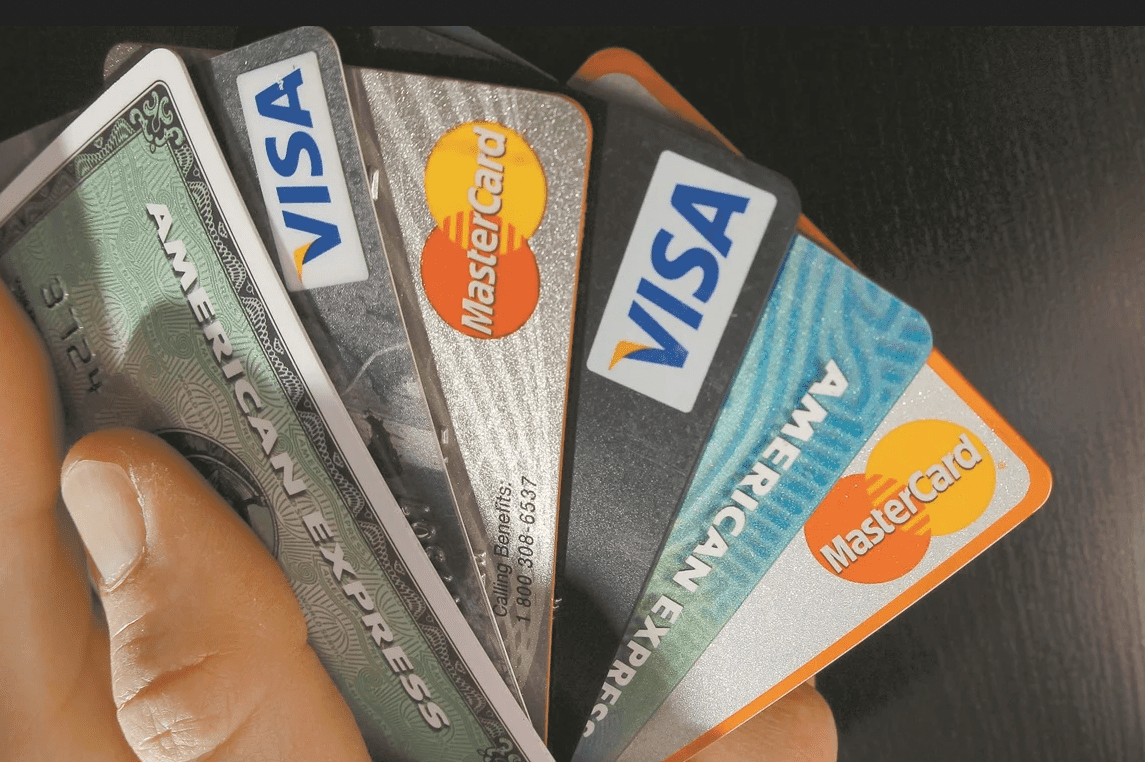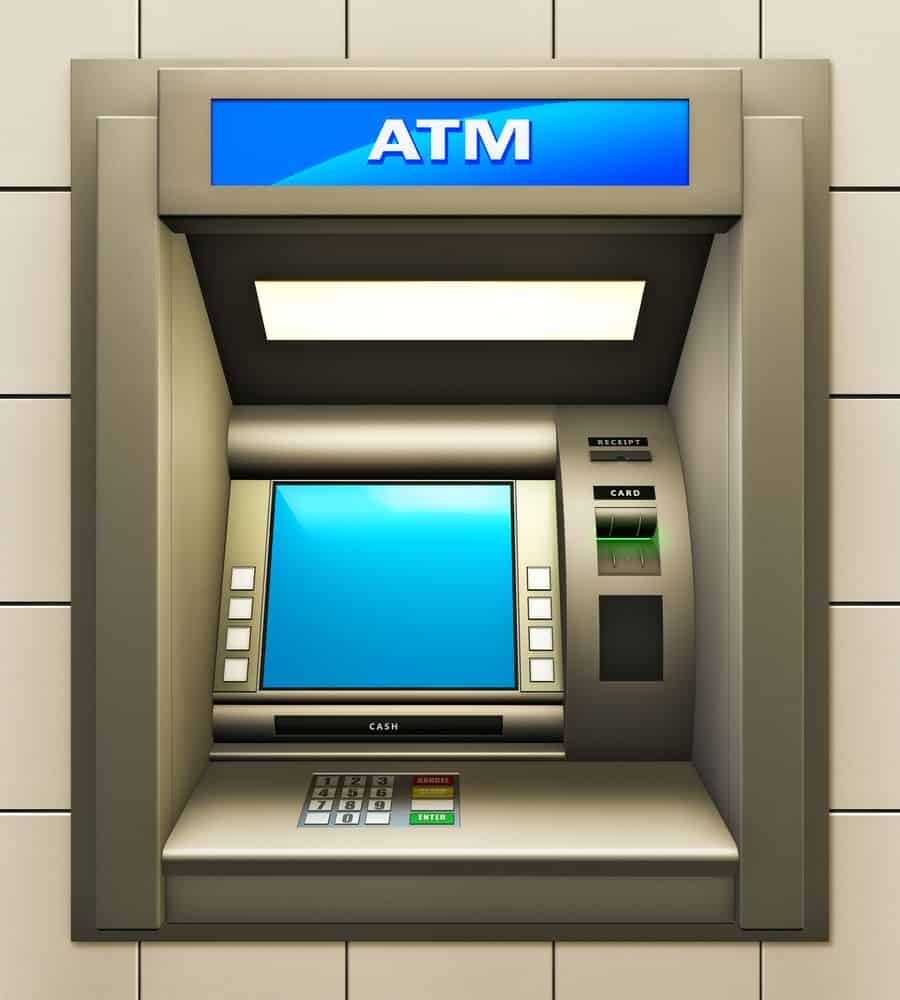Credit card ATM fees can range from $2 to $5 per transaction and often come with a monthly cap of $30 to $40. If you use your credit card to withdraw cash from an ATM more than a few times a month, you could pay quite a bit in fees.

There are a few ways to avoid or minimize credit card ATM fees. The first is finding a bank or credit union that doesn’t charge ATM withdrawal fees. Alternatively, you can use a debit card instead of a credit card to withdraw cash, as debit cards typically don’t charge ATM fees.
If you must use a credit card to get cash from an ATM, try taking as much money as you need at once rather than making multiple smaller withdrawals. And finally, be sure to pay off your credit card balance in full each month so you don’t end up paying interest on the money you’ve withdrawn from the ATM.
Credit card interexchange fees
MasterCard 1.35% + $0.00 % to 3.25% + $0.10
Visa 1.15% +$0.25 to 2.70% + $0.10
Discover 1.56% to 2.40% + $0.10
American Express (for OptBlue merchants) 1.43% to 3.0% + $0.10
Your Card’s Activation
You still haven’t been able to use your new debit card since you received it. You may need to remove an identification sticker and call the bank to activate the card. To discourage card misuse, sign the card or write “Ask for identification.” You can start debit cards by swiping them at a bank ATM and entering your PIN.
Why do banks charge ATM fees?
Banks charge ATM fees to make a profit. They usually do not charge ATMs that are their brand, while they charge ATM transactions for other banks’ brands.

Fees for automated teller machines (ATMs) have no ambiguity regarding their rationale. According to the Federal Reserve Bank of Cleveland, noninterest income, interest, and ATM fees account for much of bank revenue. A percentage of ATM fees is used to offset banks’ costs while purchasing and maintaining ATMs and the infrastructure that supports them. ATMs contribute to profit generation through both fee income and expense reductions.
What are the ATM Fee Components?
According to the Federal Reserve Bank of Cleveland, noninterest expenses, noninterest, and ATM fees account for a large portion of bank revenue. A percentage of ATM fees offsets banks’ costs while purchasing and maintaining ATMs and the infrastructure that supports them. ATMs contribute to profit generation through both fee revenue and expense reductions.
According to the standard definition, users pay fees for using ATMs. Out-of-network transactions and heavy transactions are the leading causes of these fees.
A bank’s “in-network” ATMs are those that it owns and those that belong to a third-party Internet banking to which it subscribes.
Government restrictions limiting monthly savings account withdrawals to six have been suspended due to the COVID-19 outbreak. To be clear, any additional fees paid due to increased bank account withdrawals had nothing to do with ATM use; they extended to transactions made through checks, transfers, and teller transactions.
Typical ATM Fees
Out-of-network costs include ATM withdrawal fees from other bank ATM networks. Balance inquiries, transfers, deposits, and other ATM transactions may all be subject to fees. Prices for using an ATM outside of your network include the following:
- Non-network fee: Your bank charges you for using another ATM, usually between $2 and $3.50 for each transaction.
- The bank or organization that owns the ATM charges non-customers an operator’s fee. Banks charge between $1.50 and $3.50 for each transaction, whereas non-bank operators charge up to $10.
- If you’ve ever used an ATM in a casino in Las Vegas, you know how pricey these fees can be.
- Depositing funds from an international ATM may cost you 3% of the interest earned plus a $2 to $7 fixed fee.
Other ATMs directly charge out-of-network users the operator’s premium or international transaction cost. Banks charge non-network fees to your account.
Money in the ATMOther transactions isn’t the only thing ATMs are used for. They also make it possible for banks to save money in various ways, including:
- To boost efficiency, reduce the number of withdrawals processed by human tellers at your bank branch.
- Teller staff might be reduced if withdrawals, deposits, and balance inquiries are moved to ATMs.
- Fees can be created at any time of day or night, not only during bank hours.
Cash machines have fewer physical space requirements and more efficient space utilization.
ATMs do not take naps, take holidays, feel depressed, eat lunch, or take coffee breaks, nor leave the institution when it shuts. They are dependable and well-suited to their positions.
How Can I Avoid Paying ATM Fees?
There are several options for avoiding ATM fees:
- To locate in-network ATMs in your location, use your bank’s mobile app.
- You’ll get free cashback when you check out at grocery stores and other businesses.
- Withdraw a significant amount of money each session and use the ATM less often.
- Switch to a bank or account that doesn’t collect non-network fees and reimburses ATM expenses (such as free checking).
You may check your account balances online and via the app rather than at ATMs. If you need to check your card balance, you can read how to check your Visa debit card balance.
ATM fees can quickly mount up. As a result, many customers choose their bank and plan their money transfers ahead of time to prevent those pesky ATM fees.
How to activate a debit card?
You can activate the debit card by:
- Contact the Debit Card Company
- Make use of online banking.
- Visit an ATM or a store.
What Happens If My Credit or Debit Card Is Stuck in an ATM?
Since the development of the automated teller machine (ATM), personal banking has become considerably more accessible and comfortable. You can deposit checks, withdraw cash, and make deposits without entering the branch.
